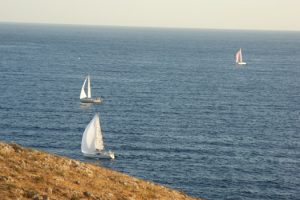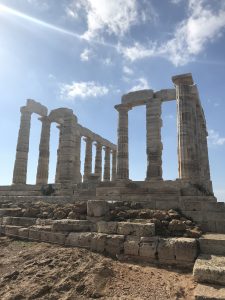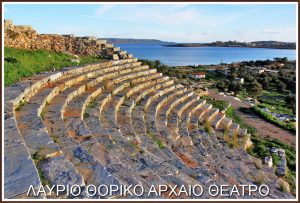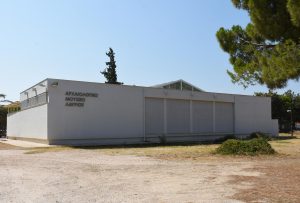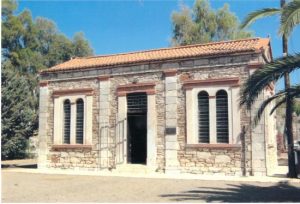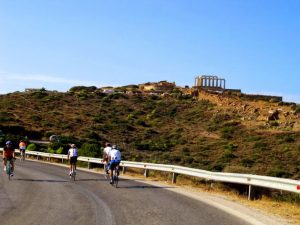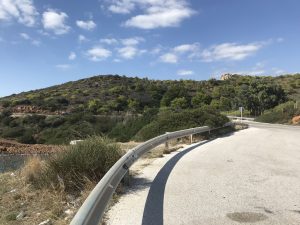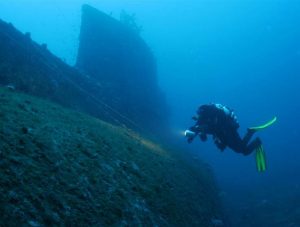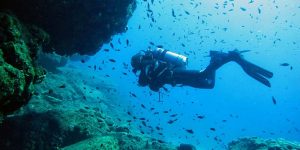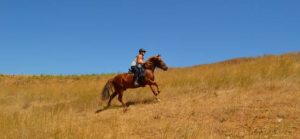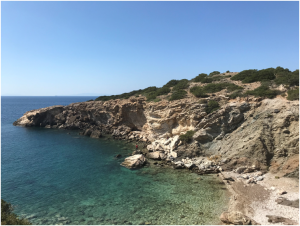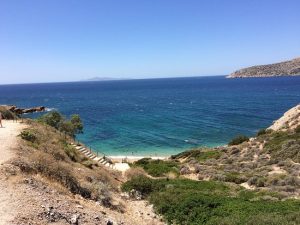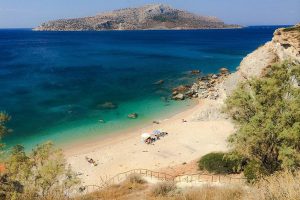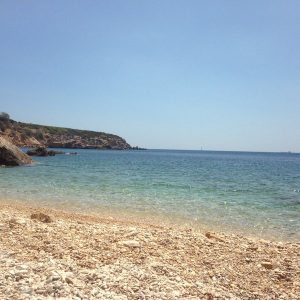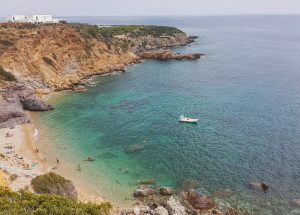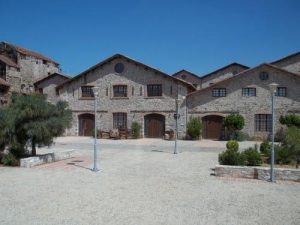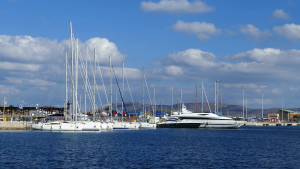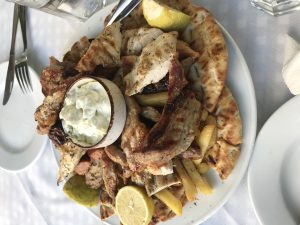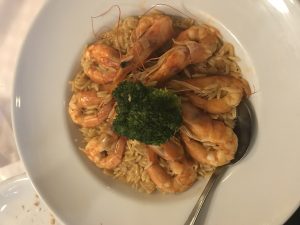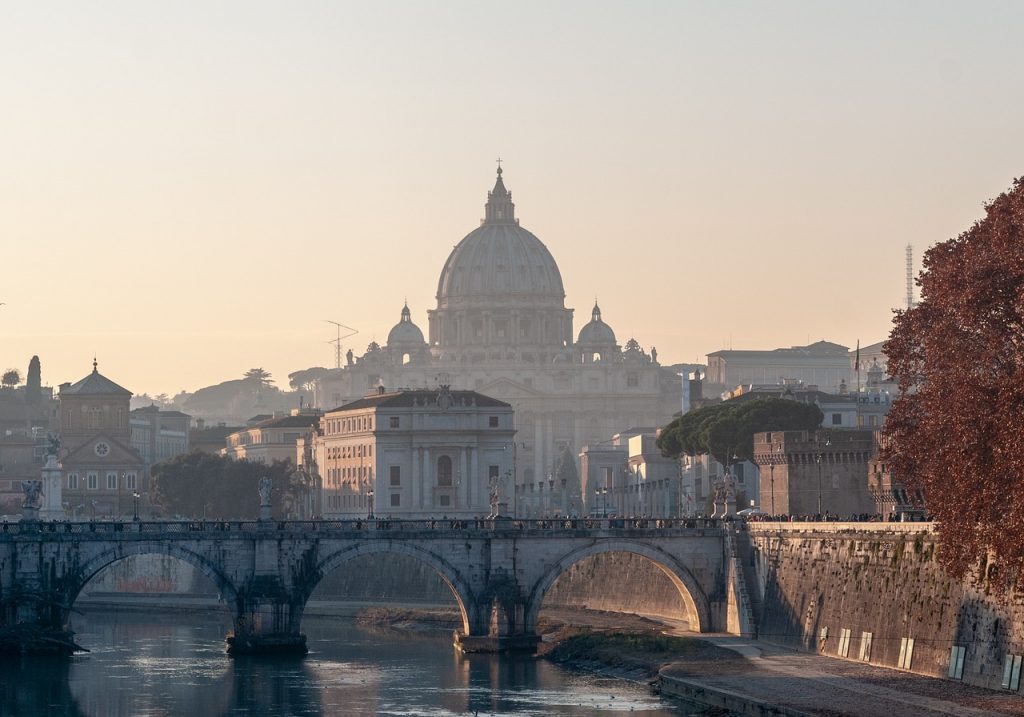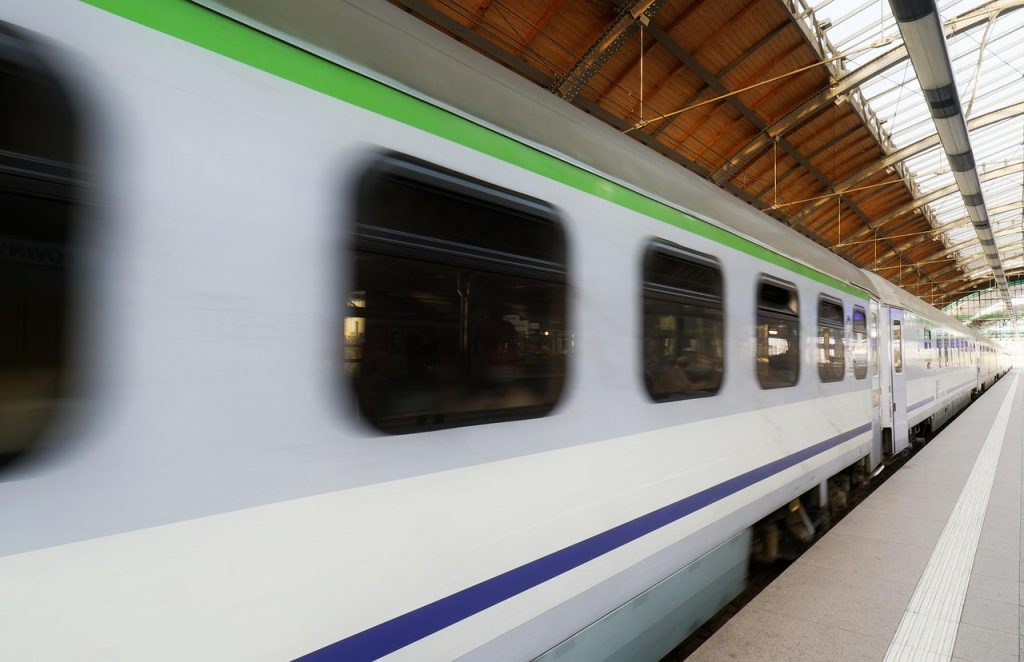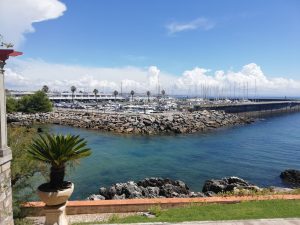STUDENT LIFE

Athens, A Living City
- Athens is one of the most interesting European capitals, filled with juxtapositions of new and old, east and west. It is at once cosmopolitan and marked by its extensive history, and on the other hand extremely populous and full of contradictions. One thing is obvious to all travelers: its warm and hospitable people. Once visited, it quickly becomes your home.
- Greeks are known for a form of hospitality called “filoxenia”, a word that has no translation in the English language, but which can be sensed and felt by visitors. It is a form of friendliness and service that goes far beyond a gesture of good will. It is a behavior rooted in ancient times and traditions, which projects the pride of a people considering hospitality a sign of culture and education. Watch a video about Athens here.
When In Athens…
There are many activities you can enjoy with limited or no cost, such as:
STROLL AND SHOP

Monastiraki, will definitely please your pocket, since the Flea market and the vintage stores are just around the corner. Our ELGS Worldwide famous souvlaki is celebrated down town offering plethora of choices to please your appetite on a couple of coins!
THE LOCALS’ HUB

Exarheia, is the place where street art, youth and artists blend to mix a community of people who care for alternative choices away from main streams and typical cafes. Ethnik cuisine, mainly from the region of the Middle East is served on the streets and greek raki drink, is the queen around here.
HOT NEIGHBORHOOD

Keramikos and Metaxourghio, emerging neighborhoods full of artistic potential with those lovely buildings hanging out there, beautiful architectural gems across the way and tasteful “tapas” on the square offer a delicious culinary experience on a budget.
WHERE TO WALK

The National Gardens offer the perfect free green getaway in the middle of the bustling city. Take a long walk through the old Royal Gardens and let your imagination travel back in time through palm trees and high tree-shadowed alleys.
EAT & DRINK

When in Athens, get ready to discover a wide range of eateries representing the country’s gastronomic scene, from traditional tavernas serving homely Greek cuisine to elegant restaurants serving up great dishes with a modern twist. Moreover, Athens has many wine and cocktail bars that will satisfy even the most discerning of visitors. Finish your day with a stroll around the city center which offers whatever your shopping heart might desire – from high-end designer stores and shiny malls to the traditional flea markets and bustling street markets.
To get into the rhythm of the city, enjoy an early evening promenade in the old city center, where you can enjoy some early drinks during happy hour, followed by a late dinner. There are plenty of nice restaurants and typical Greek taverns where you can taste world-famous Greek cuisine. Keep in mind that if you don’t want to dine in a nearly deserted restaurant—or among other tourists only—plan to arrive in your chosen restaurant sometime after 9pm. There are also taverns with live Greek music especially in Plaka, Psyrri and Monastiraki. If you are in the mood for a Greek night out following your dinner plans, there are numerous options to choose from.
LEISURE AND CULTURE
Cultural events including dance and theater, recitals, concerts, conferences, public lectures, gallery exhibits, sports events and marathons are an integral part of the cosmopolitan capital.
Major Theatres in Athens:
The “Hellenic Festival” was established in 1998 for the organization of music, theater, and other cultural events. Visit the official site for more info http://www.greekfestival.gr/
The National Theatre of Greece at Pireos st., stages drama performances in modern Greek with English translations provided.
More info on http://www.n-t.gr/en/
The Odeon of Herodes Atticus, is a stone theatre structure located on the southwest slope of the Acropolis of Athens. It was built in 161 AD. Today it provides one of the most important open-air venues and stages the annual Athens festival.
Megaron, the Athens Concert Hall is situated on Vasilissis Sofias Avenue, next to the American Embassy. The Megaron Hall hosts operatic, dance and drama performances in two halls.
Also worth visiting:
The Ancient Theatre of Epidaurus is situated within the archaeological site of the Sanctuary of Asclepius, in the Argolis prefecture of the Peloponnese. It is a half-hour drive from the city of Nafplion and approximately two hours from Athens.
Life In Legrena
Legrena is a small coastal village by the Aegean Sea. It does not offer the same amount of facilities and attractions Athens does. But, it boasts beautiful aspects of nature and is very peaceful.
LEISURE ACTIVITIES
ARCHEOLOGICAL SITES
TEMPLE OF POSEIDON
About 4km from the ELGS premises is the Temple of Poseidon in Cape Sounion, perched about 200 feet above the sea. It is a beautiful sight especially at night, and can be seen at a distance from several places in Legraina. Visiting the temple makes for a fantastic and informative experience!
ANCIENT THEATER OF THORICOS
This archaeological site features remains of the unique Ancient Theater of Thoricos built in the late 6th Century BC.
ARCHEOLOGICAL MUSEUM OF LAVRION
This museum features exhibits of tools, statues, jewlery, and other archaeological sculptures from the Neolithic period (5,000 BC) till the Early Byzantine period (600 AD).
MINERALOGICAL MUSEUM OF LAVRION
This incredible museum houses natural minerals and elements specifically from the Sounion region…. Some extremely rare!
SPORTING / OUTDOOR ACTIVITIES
Cycling is a fairly easy and relaxing activity to do in Sounion. The terrain is not too difficult to maneuver and the views of the sea and the hills is exquisite! Most people prefer to ride to the temple of Poseidon, but you can ride to anywhere you would like in the area!
Diving is another dynamic and thrilling activity that can be done in the region. If you are brave enough, you must take the opportunity to explore the waters around the Lavrio and Sounion coastline- it is truly an experience like no other!
If you like horse riding there are many opportunities to do so in Sounio! At some of the ranches in the region, you can pay to ride some of the horses for fun once in a while, or pay monthly to have horse riding lessons if you are ready to be committed!
Sounion’s unique geography also provides the opportunity for other offer activities such as mountainclimbing,sailing, and stargazing!
BEACHES
Students can go for a swim or relax at one of the many beautiful beaches around. The beaches are frequented by locals, especially during the hot summer months.
BEACHES NEARBY:
KAPE BEACH
SOUNIO BEACH
During the summer months, there are a lot of beach cafes open, where you can have some drinks and relax by the sea at night. Beach cafes also provide you the opportunity to meet many people from around Greece and all over the world!
OTHER VISITS
In addition to the leisure activities listed above, there are some other interesting visits that can be done in Sounion. Please visit the following links for more information on these features:
National Park of Sounio
Founded in 1971, this park features incredible pine forests, interesting flora, and rare fossils of organisms dating hundreds of years back!
More at: http://www.visitgreece.gr/en/nature/forests/sounio_national_park
https://explorehellas.wordpress.com/2012/04/20/national-parks-of-greece-sounio/
Lavrion Technological & Cultural Park
This site was built in 1876 and features the facilities of the French Mining Company and its great industrial history. Visitors can take a tour around the park, and also attend various cultural events (theatrical performances and concerts) hosted here, especially in the summertime!
Modern Lavrio Sites
Visit the beautiful coastal town of Lavrio, which has more of an “urban” aura! There are lots of restaurants, shops, and bars around where people can stop for delicious food or drinks after a hard day’s work. There are also several leisure activities to indugle in!
More at:
http://istoriko.lavreotiki.gr/index.php/2015-03-30-18-00-33
https://www.yougoculture.com/virtual-tour/lavrion-sounion/experience
Honey Festival
This local festival organized by the municipality and local producers highlights the long tradition of beekeeping and honey production. During the two-day festival, visitors have the opportunity to feast their eyes on beehive products and sample sweets and delicacies made with honey!
https://www.yougoculture.com/virtual-tour/lavrion-sounion/experience/honey-festival
FOOD & DRINK
There are a few restaurants in Legraina, a few minutes’ walk from the ELGS premises, which serve nice, fresh food to eat. Seafood is a specialty of many of the restaurants in Legrena, as a result of Legrena’s proximity to the sea. However, every restaurant serves meat options as well!
Legraina offers stunning views, thrilling outdoor activities, and relaxing peace and quiet (which can be essential every once in a while). The Sounion region is one in which you can truly embrace and appreciate nature in special ways that bigger towns and cities may not provide!
Rome
Rome, the “Eternal City”, is Italy’s capital and has a population of almost 3 million people. It’s Italy’s most populous municipality and the third most populous in the European Union. More impressively, it’s the third most-visited city in Europe and the 14th worldwide, attracting many visitors to its impressive monuments and archeological sites, lively lifestyle, and renowned cuisine.
This combination makes Rome a welcoming city for (international) students with an impressive array of fun activities and cultural programs.
Student Life
Rome is the perfect city for any sort of activity, from shopping in busy streets, to taking a walk in calmer scenarios, to hopping on a train to the beach and lakes that surround the city.
If you like to go shopping, we recommend strolling around Via del Corso, or to the streets surrounding Piazza di Spagna, especially Via dei Condotti, where you’ll find Prada, Gucci, Louis Vuitton, Bulgari or Armani. Then walk to Via Veneto, where there are other stores of the same standard.
Via del Babuino, connecting Piazzi di Spagna to Piazza del Popolo, is famous for its antique and art shops. Via Margutta, which runs parallel to Via del Babuino, is also worth visiting.
Rome is also very well-known for its street markets, of which we recommend: Porta Portese Market, Mercato dei Fiori, Piazza Fontanella Borghese Market, and Via Sannio Market.
If you enjoy taking walks in vast green spaces, we recommend: Villa Borghese, Villa Torlonia, Villa Ada, Villa Pamphili. To enjoy a breathtaking view of the city and watch the sunset, head to Gianicolo Hill, Pincian Terrace, Zodiaco in Monte Mario, or Giardino Degli Aranci.
Students and young people often hang out in lively neighborhoods like Trastevere, San Lorenzo and Piazza Bologna, which are full of bars, cafés, and cultural spaces. For a more traditional Roman atmosphere, neighborhoods like Testaccio, Monti, and Garbatella offer a charming mix of history, local markets, and authentic restaurants.
If you are looking for day trips from Rome, there are many great options: Ostia Antica offers ancient Roman ruins by the sea; Tivoli is known for Villa d’Este and Villa Adriana; Sperlonga is a picturesque seaside village perfect for a relaxing escape; Civita di Bagnoregio, also known as “The Dying Town”, is a small village that could disappear in the future due to the erosion of the hill where it is situated; Marino is known for the Marino Grape Festival, a famous wine-themed celebration that usually occurs in October and includes the “fountain of wine”.
The gorgeous volcanic lakes in Lazio are a perfect option to escape from the city life. Lago di Albano, Lago di Nemi, Lago di Bracciano, Lago di Bolsena and Lago di Vico offer a great opportunity to visit the countryside and explore the region. For a beach day, locals often go to seaside spots in Lazio like Sabaudia, Ostia, Anzio, Nettuno or Santa Severa, where you can enjoy sun, sea, and fresh seafood.
Public transport in Rome
Metro Rome
ATAC is the company that manages the public transport system in Rome, which includes many types of transport services: metro, metro trains, buses and trams.
On the ATAC website you can get information on routes and timetables of the different public transport, calculate the path to reach a certain place of the city by the public transport and receive information about the different types of tickets.
Rome has three metro lines (A to C). During your city break, you will probably only use subway line A and B (Line C is still largely under construction). You have several options for buying metro tickets at the ticket machines. It is important to know that the same ticket is valid for all public transport (ATAC) including metro, trams, buses (with the exception of the tourist buses) and even a number of regional trains (Trenitalia 2nd class, Roma-Lido, Rome-Viterbo and Rome-Giardinetti).
You can choose from a number of different Rome subway tickets:
- BIT Metro Ticket: This ticket costs 1.50 € and allows you to use public transport for 100 minutes after you stamp it.
- Roma 24H Ticket: This 7 € ticket allows you to travel for 24 hours after activation.
- Roma 48H / 72H Ticket: With this ticket you can travel 2 days for 12.50 € or 3 days for 18 €.
- Abbonamento Mensile Personale (Personal Monthly Pass): this type of ticket (pass) costs €35,00 and it is valid for the calendar month as indicated on the pass or on the receipt of pass charge, for an unlimited number of journeys in the territory of the city (Roma Capitale). Until the 5th day of the month, it is possible to buy the monthly pass in tobacconist’s shops and newsagents. Starting from the 6th day you can buy it only in the ticket offices managed by ATAC.
- Abbonamento Annuale Roma (Annual Pass Rome): this type of ticket (pass) costs €250,00 and it is valid 365 days from the date indicated on the receipt. To obtain it you should have the Metrebus Card, which you can get by filling in a form and attaching a photo for documents. The form to fill is available at the ticket offices managed by ATAC.
The metro operates from 5:30 AM until 11:30 PM and runs every 5-10 minutes. (1:30 am on Fridays and Saturdays). You can find a map of the metro network here.
Public buses
Certain tourist locations, such as Trastevere, are far from the nearest metro stop. There is an extensive network of city buses you can use for these. They use the same tickets as the metro. Tickets (same as for the metro) can be purchased from the ticket machines at the metro and bus stations and at tobacco and newspaper shops.
Tram
The tram network operates from 5:30 AM until 11:30 PM and the trams run every 5-10 minutes. Currently the tram network consists of 6 lines. You can find a map of the tram network here.
Validating your public transport tickets
When you first purchase a travel pass or ticket it is blank.
The travel pass only becomes ‘live’ after you have validated it (stamped with the date you first use it). Showing a ticket inspector, an invalidated ticket is no different to having no ticket at all.
On the Metro lines the travel pass is automatically validated when you pass through the ticket barriers for the first time.
On other modes of transport there is a validating machine inside buses and trams and on the platforms of train stations where it is your responsibility to insert your pass into the machine and get it validated.
Single ticket is valid for 100 minutes from the time stamped on the ticket. On buses and trams you can switch routes within this timespan and on the Metro, you can switch Metro trains at Termini Station without going through any ticket barrier.
24hr, 48 and 72hr passes are valid from time of validation to the end of the period stated on the card.
Getting to Rome
From Fiumicino Airport (Leonardo da Vinci):
Rome’s largest airport, Fiumicino, is well-connected to the city center through multiple transportation options:
- Leonardo Express Train: The fastest option, this direct train takes you to Termini Station in 30 minutes (€14). Trains run every 30 minutes between 6:36 AM and 11:36 PM.
- FR1 Regional Train: A more economical option (€8), stopping at various stations en route. Travel time is approximately 45 minutes.
- Bus Services: Several operators provide budget-friendly transfers to the city (€4–€6).
- Taxi: A fixed fare of €50 applies to journeys within the Aurelian Walls. Licensed taxis are white and have identification numbers on their doors.
From Ciampino Airport:
- Direct Buses: Buses connect the airport to Termini Station (€4–€6).
- Combination Transport: Take a bus 520 to Cinecittà Metro Station, followed by Metro Line A (€3 total) or a bus 720 to Laurentina Metro Station, followed by Metro Line B (€3 total).
- Taxi: Fixed fare of €31 to the city center.
Travel Essentials:
Carry cash (in euros) for transport and immediate expenses. Always use licensed taxis or reputable shuttle services to avoid overcharging.
Cascais
Cascais is a Portuguese village located in Lisbon’s metropolitan area, 27 km away from the capital. This village exists officially since 1514 and its home to 64 310 inhabitants.
Cascais is best-known in Portugal for being an elitist town. Due to its natural and scenic landscape, the town became considerably popular, transforming into the leading holiday destination for Portuguese and foreign elites from the 19th century onwards, becoming known as the ‘Portuguese Riviera’. Indeed, in September 1897, Cascais’ beaches became the official beaches of the Portuguese nobility. This, in turn, led to the socioeconomic and infrastructural development of the village, with the installation of street lighting, sewage systems, water supply, and trash collection. At the same time, being the ‘leisure capital’, it propelled the practice of new sports such as football, sailing, swimming, and tennis. In addition, Cascais was also the beach home to many British people, propelling the practice of sports like cricket and rugby, which are not traditionally Portuguese. To this day, this remains one of Cascais’ selling points.
An additional reason for Cascais’ rapid development was the connection to Lisbon via train in 1889. The train connection still plays a crucial role in the village’s identity, and the Cascais Line (or Linha de Cascais in Portuguese) is a common buzzword to describe a rich, elitist suburban zone. In fact, taking the train from Lisbon to Cascais (and vice-versa) is very different from taking other suburban trains to and from Lisbon. The Cascais line has stunning beach views, and it’s usually not as packed as other suburban lines.
The sea was and is central for Cascais. For that reason, the village has many old summer houses and maritime structures which can be visited, making it also a central point for any visitor. Casa de Santa Maria (Saint Mary’s House), which houses EPLO premises, is an example of these houses. It’s a very well-known facility in Cascais for its proximity to the sea. Other examples include
Cascais has many selling points for prospective students. The biggest one is the proximity to beaches, not only in the village itself, but also in places around: in Carcavelos, Estoril, Parede, and others. The two most famous beaches in Cascais are Praia do Tamariz and Praia do Guincho. They tend to be very full in the summer as they also host beach parties and beach clubs. As the weather usually allows people to go to the beach from March to October, it’s a great selling point! Nevertheless, it’s important to note that the water is significantly colder than in Greece or Italy.
The second selling point is sport practice. Many people in Cascais do sports, and there are many sport facilities around. One of the most popular ones is surf, and there are many surf schools with which you can practice. Praia de Carcavelos, located 15 min by train from Cascais, Praia do Guincho, and Praia Grande, in Sintra, are great options for surfing.
The third selling point is food. Cascais offers a great variety of fresh products, including fresh fruit, vegetables, and fish. Portugal has a very rich cuisine, and Cascais is a great place to try some traditional dishes!
The fourth selling point is the proximity to Lisbon, Sintra, and other picturesque villages and cities. Lisbon is full of things to do and places to see, and it’s usually packed with tourist. For this reason, people tend to prefer to do a trip to Sintra, a fairytale city located in the mountains. Another famous attraction is Cabo da Roca, Europe’s most western point, which offers an amazing view to the Atlantic Ocean.
Capital And Largest City Of Greece
Athens is a place full of attractions
Athens is the historic capital of Europe as it has been inhabited since the Neolithic Era. Through the course of its long, fascinating history, it reached its zenith in the 5th century B.C. (the “Golden Age of Pericles”), a period when its values and its culture crossed the geographical borders of the city and spread worldwide. Political thinking, theater, arts, philosophy, science, architecture and so many other human intellectualities reached their zenith in a unique time coincidence and spiritual completion.
Hence, Athens became the core of western civilization, while many Greek words and understandings such as democracy, harmony, music, mathematics, art, gastronomy, architecture, logic, Eros, euphoria and many more, enriched various languages and inspired different civilizations.
Find out more here also here and at Wikipedia. You can download a brochure for Athens at the official GNTO site here
Top 10 Attractions
1. Acropolis

The sacred rock of the Acropolis and its most recognized monument, the Parthenon, have withstood the test of time. Natives have often commented on its commanding presence that is instilled in their daily life. But nothing compares to witnessing its grandeur up close and in person. The archeological park, known as the Unification of Archaeological Sites, (4.7 km or 3 miles wide) that surrounds the Acropolis, encompasses some of the world’s most ancient treasures. Read more
2. The New Acropolis Museum

Years in the making, this museum and its creative use of natural Greek light is the new gem of Athens and has been heralded as a masterpiece in itself. The permanent collections present finds and artifacts from the sacred hill of the Acropolis, while smaller «vignette» temporary exhibits offer insight on the whole. Read more
3. National Archaeological Museum

One of the richest museums of ancient Greek art in the world, its collections span cultures that flourished in Greece from the prehistoric age and beyond. A bronze statue of Poseidon is here as are frescoes from ancient Thira. A comprehensive museum that is often overlooked. Read more
4. Greek Parliament

The Greek Parliament and the Tomb of the Unknown Soldier. Every vacation portfolio should not be without a photo alongside the tall, commanding Presidential Guards, known as evzones or tsoliades. It is worth the wait to witness the changing of the guards, a ten-minute ceremonial procedure that takes place every hour on the hour. The foustanela or skirt that is part of their uniform is made up of 400 pleats, each one symbolizing a year that Greece was under Turkish rule. Read more
5. Panathenaic Stadium

This must-see monument opposite Zappeion Gardens on Vassileos Konstantinou Avenue is the stadium that hosted the first modern Olympic Games in Athens in 1896. The stadium, first built in 330 B.C., is made of white marble from the mountain Penteli and has a seating capacity of 45,000 for the concerts and events. Read more
6. Lycabettus Hill

At a height of 277 m. (approximately 1,000feet), Lycabettus Hill is perhaps the best spot in which to get an aerial view of the city. Visible from here is the Acropolis, the port of Pireaus, and the island of Aegina. If a mini-trek up is not appealing, take the cable car to the top (and back down). The entrance is on the corner of Aristippou and Ploutarchou streets. If you decide to walk down the forest path you will encounter Dexameni Square in Kolonaki, where you can grab a bite to eat. Read more
7. Ancient Agora, Monastiraki

It’s befitting that this monument, the center of commercial and business life in ancient times, would later give rise to the buzzing shopping district that surrounds it today. Of course, Monastiraki does not compare to the milieu of the Ancient Agora, but it still continues to inspire those who live, work and visit the area. Read more
8. Plaka

With its undisputable charm, this area is one of the most frequented by visitors and natives alike. Plaka’s winding pathways carry thousands of years of history. Walk amongst the buildings whose facades are dressed in 19th century neoclassical design and architecture. Dine at one or several of its restaurants. And explore the ancient monuments, contemporary museums and traditional souvenir shops throughout. The ELGS Premises for Postgraduate Studies are located in Plaka. Read more
9. The Attica Coastline

Athens is surrounded by pristine beaches, where you can swim for many months during the year. Visit a beach in Athens and you are likely to feel like you’re on a Greek island, as you are greeted with stretches of crystal sands, fine pebbles and blue, clean waters. Both the tram and bus take you to nearby, organized beaches (some offer water sports) in Faliro, Alimos, Kalamaki, Glyfada, Schinias and Varkiza in less than an hour. A promenade at the Flisvos Marina is a great destination for all ages, at any time of year. Read more
10. Temple of Poseidon-Cape Sounion

Take a road trip to the southernmost tip of Attica for a breathtaking drive along the coastal highway and you are rewarded with a visit to one of the most fascinating temples in ancient history. It is no wonder that the ancient Greeks built the temple to their sea god Poseidon here in Sounion. Situated on a plateau on the top of a cliff it welcomes ships and sailors even today. The ELGS premises where the undergraduate studies are held are located very close to Sounion and the temple of Poseidon.
Links of Interest
MUSEUMS, MONUMENTS, ARCHAEOLOGICAL SITES:
http://odysseus.culture.gr/index_en.html
ACROPOLIS MUSEUM
Explore the Acropolis Museum
OPERATING HOURS
List of Museums and Archaeological sites with extended operating hours
MINISTRY OF CULTURE
Visit the Ministry of Culture site.
GREEK NATIONAL OPERA
Visit the official site of Greek National Opera and find out the program.
NATIONAL THEATRE
Visit the National Theatre’s site and find out the current theatrical plays.
GREECE: General Info
- Capital of Greece: Athens
- Official language: Greek
- The currency: Euro(€)
- Climate: Mediterranean
- Population: 10,384,971 (in 2022)
- The country is a Presidential Parliamentary Democracy
- Calling code: The international calling code of Greece is +30
Cost Of Living
Below you can check a list with indicative prices for a number of everyday products and services:
- Museum tickets 4-12€
- Theater tickets from 20€
- Cinema tickets 7-10€
- Sandwich from 2 €
- Souvlaki from 2.5€
- Big bottle of water 1€ ( small bottle 0.5€)
- Greek coffee “to go” from 2€
- Cappuccino coffee at a cafe 3-5€
- A refreshment at a kiosk 1.5€
- Drink at a bar from 8€
- Full meal (starter, main dish, dessert, not including drinks) between 25-50€
- 1, 5 hour ticket for all means of transport (metro, buses, trains) 1.4€
Events And Festivities
Athens has a full calendar of festivals throughout the year.
- New Year’s Day: 1st of January
- Epiphany: 6th of January. Sea water is consecrated in the area of Piraeus. The priests throw the Cross into the sea and young men dive to catch it.
- Ash Monday: 41 days before Easter. It is the day people begin the Lent. On Ash Monday Greeks fly kites, eat meatless food and celebrate Koulouma. Athenians gather on Philopappou Hill.
- Independence Day & Celebration of Evangelismos: 25th of March. Military parade.
- Easter: From Holy Friday until Easter Monday. On Holy Friday evening every church decorates the Epitaph (Bier of Christ). During the procession of the Epitaph the streets of every city or village in the country are full of people. It is a religious procession where everybody holds lit candles in their hands and sings hymns.
- Night of the Resurrection: It is celebrated in midnight before Easter Sunday with fireworks and candles.
- Easter Sunday: On Easter Sunday Greeks eat barbecue lamb. The celebrations include singing and dancing all day long.
- Labor Day: 1st of May. Flower feasts all around Athens.
- Pentecost: It is celebrated 50 days after Easter.
- Assumption of the Virgin Mary: 15th of August.
- 28th of October: National Celebration. Military parade.
- Christmas: 25th-26th of December.
Links of Interest
WEATHER FORECAST
meteo.gr
Weather report for Greece
MUSEUMS
http://www.visitgreece.gr/en/culture/museums
ACCOMODATION
https://www.visitgreece.gr/accommodation/
https://www.airbnb.gr/legrena-greece/
https://www.spitogatos.gr/enoikiaseis-katoikies/legrena
https://www.spiti24.gr/en/to-rent/flats/legrena
BUSINESS FEDERATION OF RENTED ROOMS AND APPARTMENTS
Find rooms and appartments to rent in Greece.
ATHENS INTERNATIONAL AIRPORT
Athens International Airport – Eleftherios Venizelos.
EMBASSIES IN GREECE
Embassies and Consulates in Greece
DISCLAIMER: This information in this page is derived from the official site of the Greek National Tourist Organization http://www.visitgreece.gr/ , the official website of the Municipality of Athens for tourist information http://www.thisisathens.org/ and the website for Public Transport in Athens http://www.athenstransport.com/info/. The EPLO is just reproducing the information that appears in those sites. For more official and updated info please visit them accordingly.

